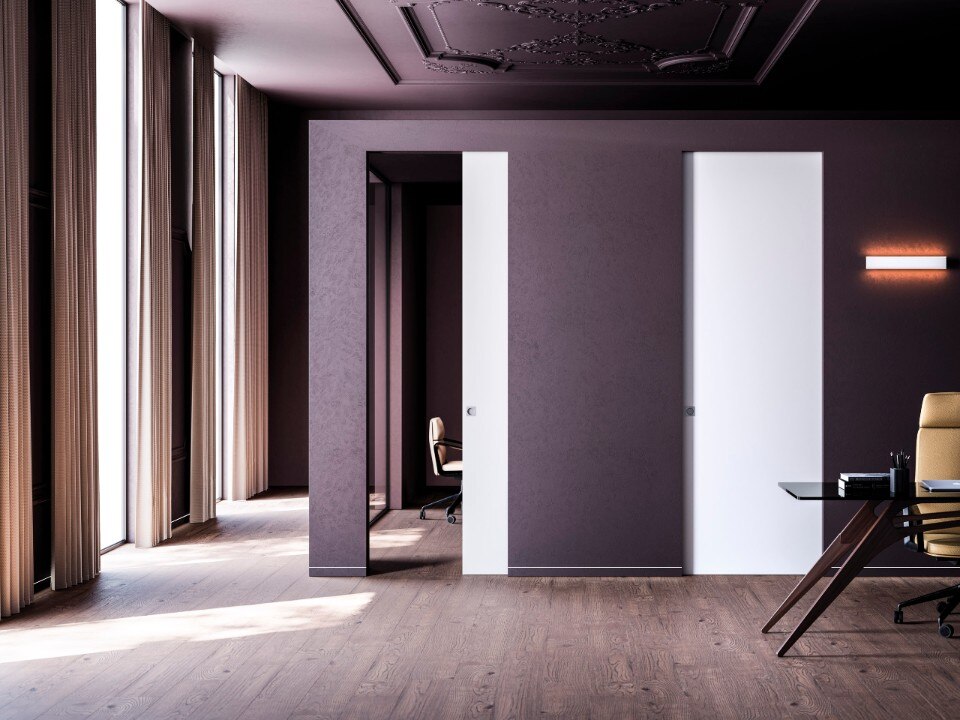
Eclisse: when invisibility art shakes up interior design
A leader in manufacturing pocket door frame systems, Eclisse redefines the concept of living space. Through solutions like Syntesis Line, the company transforms doors into continuous design elements.
- Sponsored content
The home is compact and square-shaped with asymmetrical cut-outs serving to divide the house into its spatial concept of eight housing communities, four on each floor. These are grouped around a central “village square” which stretches from one side of the first floor through to the other and is partly covered by a roof terrace. At right angles to this open public axis, two gardens just for the residents cut into the building. Further open spaces include the four atria on the second floor as well as direct access to the public park planned by the City of Graz to the east of the premises.

Each housing community consists of rooms, a kitchen and a dining area for 13 residents and a carer, generating a manageable and familiar atmosphere. Large balconies and loggias, as well as a variety of paths and views through to other parts of the house provide a stimulating environment. Each community was developed around a different color concept in order to help residents to better orient themselves.
The rooms vary slightly in relation to location and the direction they face, but each room has a casement window and a larger window with a low, heated parapet which can serve as a seat. The care rooms are centrally located within the building, ensuring that they are only a short distance away for everyone and that the home can operate efficiently.

Thanks to a meticulously planned fire safety concept with appropriate compensatory measures, the nursing home could be constructed as a pre-fabricated passive house wooden construction with a basement. A wooden frame construction with cross laminated timber and wooden beams was used to meet the static and structural demands of the building.
The outer facade is of untreated Austrian larch, while much of the wooden paneling used for the interior is also left visible. The characteristics of the wood, the variety of views, the range of seating and lounges in the house and in the garden, as well as the contrasting sunny and shaded areas all contribute to the comfortable and friendly ambience of the home.

The two upper floors of the building are entirely wooden structures apart from the main stairway. Cross laminated timber in the walls and ceiling form the load-bearing construction, with the wooden surfaces remaining visible for the most part.
In order to achieve the cozy yet spacious atmosphere, timber beams were used for the ceilings of the common rooms. The outer walls are formed by a wooden frame insulated with rock wool, with external wooden paneling. The wooden structure lies partly above the basement, which was built using reinforced concrete.

 View gallery
View gallery


Peter Rosegger Nursing Home, Graz, Austria
Program: nursing home
Architects: Dietger Wissounig Architekten
Completion: 2014
Timeless icons: the Marenco sofa by arflex
Designed by Mario Marenco, this masterpiece of Italian design has set the standard for over fifty years.
- Sponsored content
















